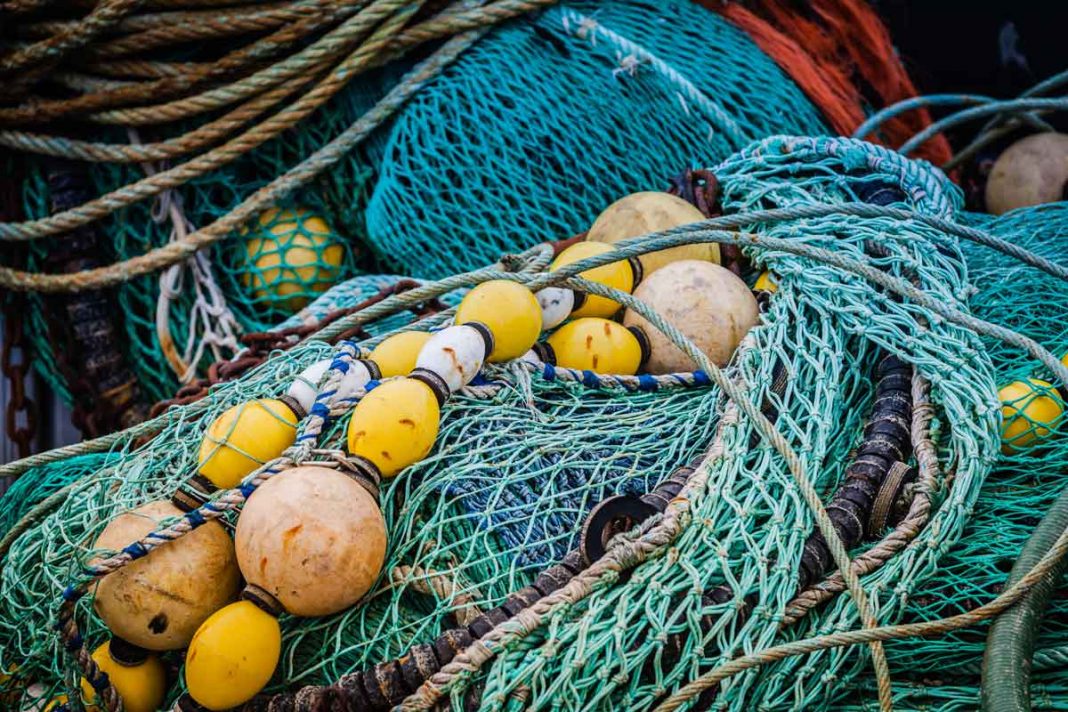GORE BAY – Both good news and some bad news came out of discussions at the Great Lakes Fishery Commission’s 64th annual general meeting held last week in Detroit, Michigan.
“One of the things we talked about at the meeting is that the federal government, Parks Canada, wants 17 percent of areas on oceans and Canadian waters closed to establish Marine Parks,” said George Purvis of Gore Bay (a Canadian advisor on the GLFC). “One of the areas they are looking at now is in Lake Ontario at Picton, and another they’ve started at at Pelee Island on Lake Erie. These are chief areas for commercial and recreational fishing.”
“These are really big fishing areas,” said Mr. Purvis, who said that once the Marine Parks designation is in place, “you can’t fish in them. It’s Parks Canada who is proposing this,” he added, noting the GLFC “is upset about these plans. These are two of the top fishing areas for commercial and recreational fishing in the Great Lakes.”
And Mr. Purvis cautioned, “one way or another, if Parks Canada gets what it wants they will be looking at our area (Manitoulin Island and area waters) for these Marine Parks. They have one for Lake Superior already and they will get to our end of the Great Lakes sooner or later.”
“I’d like to know if all of this is fact or rumour, we (GLFC) would like to get a handle on all of this and would like to have a face to face meeting with Parks Canada officials,” said Mr. Purvis. “Parks Canada has nothing to do with fishing, so why is this being looked at?”
Mr. Purvis continued, “one of the good things we heard at the meeting is that there has been a pickerel explosion in the Great Lakes. The population has exploded in Lake Erie, and it looks the same for Lake Huron. Those people doing research on the lakes have indicated that they got more pickerel in their mesh nets than they ever have before. And the fishing has been reported to be phenomenal in every year class.”
“The bad news we heard is that there are so many trout around that it has collapsed the whitefish stock and others like smelt,” said Mr. Purvis. “So far we are not seeing things get too bad so far in the North Channel,” he pointed out. “We were told the lake trout population is as strong as it was in the 1920s and 1930s. But I think they should be stocking whitefish instead of herring, because they (whitefish) are a more valuable fish for everyone.”
Mr. Purvis also provided an update on grass carp. “Researchers are seeing a few grass carp in the rivers around Lake Erie. They are monitoring this to see if they are moving and if the populations are increasing which would cause a serious concern.”
“One of the main purposes of the GLFC is to support being carried out to keep sea lamprey out of our waters, and we were told the lampricide program is going fairly well,” said Mr. Purvis. “We have two rivers, the Mississauga (where permission has been given for the lampricide program to continue this year) and Garden River, which is close to us here on the Island as well, but permission has not been given yet by officials for the lampricide treatments of the water to take place. There is estimated to be between seven and eight million sea lamprey in each river.”
“Great inroads have been made to control sea lamprey and this will continue as long as the barn door is shut,” said Mr. Purvis. “But if they are not treated with the lampricide on a regular basis we would all have problems.”
In a May 29 GLFC release it is explained that they have unveiled the final design for the innovative “FishPass” project. “FishPass, which will be located on the Boardman River in Traverse City, Michigan is a project aimed at solving one of the world’s most difficult fishery management challenges: how to pass fish around barriers and dams while still blocking harmful species like sea lampreys. FishPass is the capstone of a 20 year whole-river restoration project on the Boardman River.”
Jim McKane, the Commission’s chair explained, “tens of thousands of dams fragment habitat throughout the Great Lakes basin. This fragmentation is not always conducive to fishery restoration or management. That said, those dams also block invasive sea lampreys, each one of which will destroy 40 pounds of Great Lakes fish. The Great Lakes Fishery Commission believes technology can be developed to have it both ways; to automatically sort a mixed assemblage of fish so that desirable species can pass an obstruction and destructive species like sea lampreys can be stopped.”
“The Final Design for FishPass reflects the project’s engineering requirements, the agencies fishery management goals, and the community’s desires,” said Doug Stang, the Commission’s vice-chair. “The Commission and its partners have held scores of public meetings and workshops over the past few years to ensure the project is sound and is a welcome addition to Traverse City. The design unveiled today demonstrates we have hit the mark—a project where form meets function and has the potential to change the way fisheries are managed, both in the Great Lakes basin and worldwide.”




